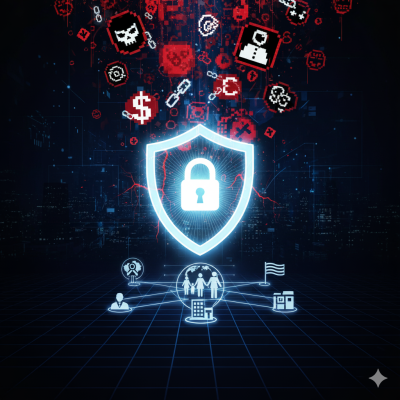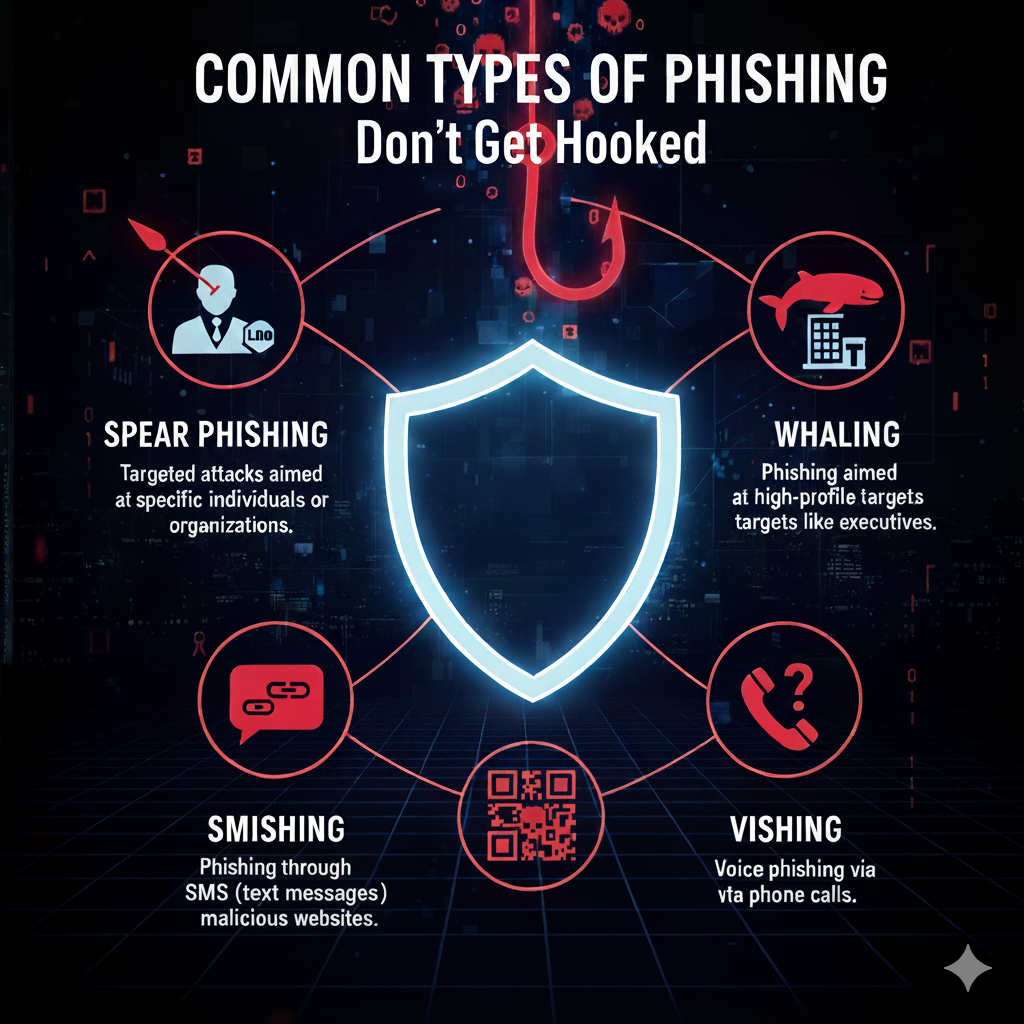Understanding Cyberspace and Cybersecurity
Cyberspace refers to the global network of interconnected devices and systems, including the internet, telecommunications, servers, and infrastructure that support digital communication. It is the virtual environment where we browse, communicate, work, and play.
Cybersecurity is the practice of protecting this digital space from unauthorized access, attacks, and data breaches. It involves securing devices, software, and information against threats that can cause damage, disruption, or loss.

The Importance of Cybersecurity
Cyber threats can take many forms, and it’s essential that we are prepared to detect, prevent, and recover from them. Crimes that occur in the physical world, such as theft or exploitation, also happen online. These are known as cybercrimes, and they can have serious consequences for individuals, organizations, and society as a whole.
Common types of cybercrime include:
Identity Theft – Stealing personal information to impersonate someone online.
Child Sexual Abuse Material – The sharing or possession of illegal and harmful content.
Financial Theft – Unauthorized access to financial accounts or systems.
Intellectual Property Violations – Copying or distributing copyrighted content without permission.
Malware – Malicious software designed to damage or disable systems.
Malicious Social Engineering – Manipulating individuals into revealing sensitive information.
What is Cyber Hygiene?
Cyber hygiene refers to maintaining safe and responsible online practices. It includes habits like using strong passwords, avoiding suspicious links, and updating software regularly.
Practicing good cyber hygiene helps protect not only your personal data but also the wider community, including your family, workplace, and country. Staying informed and proactive is essential for a safer online experience.
What is Hacking?
Hacking is the act of gaining unauthorized access to computers, networks, or data. While not always malicious, it often involves bypassing security measures to steal, alter, or destroy information.
What is Social Engineering?
Social engineering is a psychological tactic used by attackers to trick people into giving up sensitive information. Instead of hacking systems, they “hack” people through manipulation, often pretending to be someone trustworthy.
Phishing and Its Variants
Phishing is when attackers pose as trusted contacts (like a bank or service provider) to steal information such as passwords or credit card numbers. These messages may look very real, with convincing language and official logos.
Understanding Cyber Threats
What is Malware?
Malware (short for malicious software) is software designed to harm devices, steal data, or spy on users. Think of it like a digital infection that spreads through systems and causes damage.
Common Types of Malware:
Viruses – Programs that attach to files or software and spread when opened, damaging or corrupting data.
Ransomware – Locks or encrypts your files and demands payment for access. Often spread via fake emails.
Spyware and Adware – Quietly track what you do online, often used for spying or targeted ads.
Trojans – Malicious programs disguised as safe or useful software to trick users into installing them.
How Does Malware Get on Your Device?
Malware can infect your device in several common ways:
Phishing Emails – Clicking on fake links or downloading harmful attachments.
Infected Websites – Visiting unsafe or compromised websites that install malware automatically.
Untrusted Downloads – Installing software or apps from unofficial or suspicious sources.
USB Drives – Plugging in infected flash drives or external devices.
Fake Updates or Pop-ups – Clicking on pop-up ads or fake security alerts urging you to “update” something.
Social Media or Messaging Apps – Receiving infected links or files from hacked accounts.
Other Common Threats:
Shoulder Surfing – When someone watches over your shoulder to steal information like passwords or PINs.
Oversharing & Geotagging – Sharing too much personal information online (especially with location data) can expose you to identity theft or stalking.

